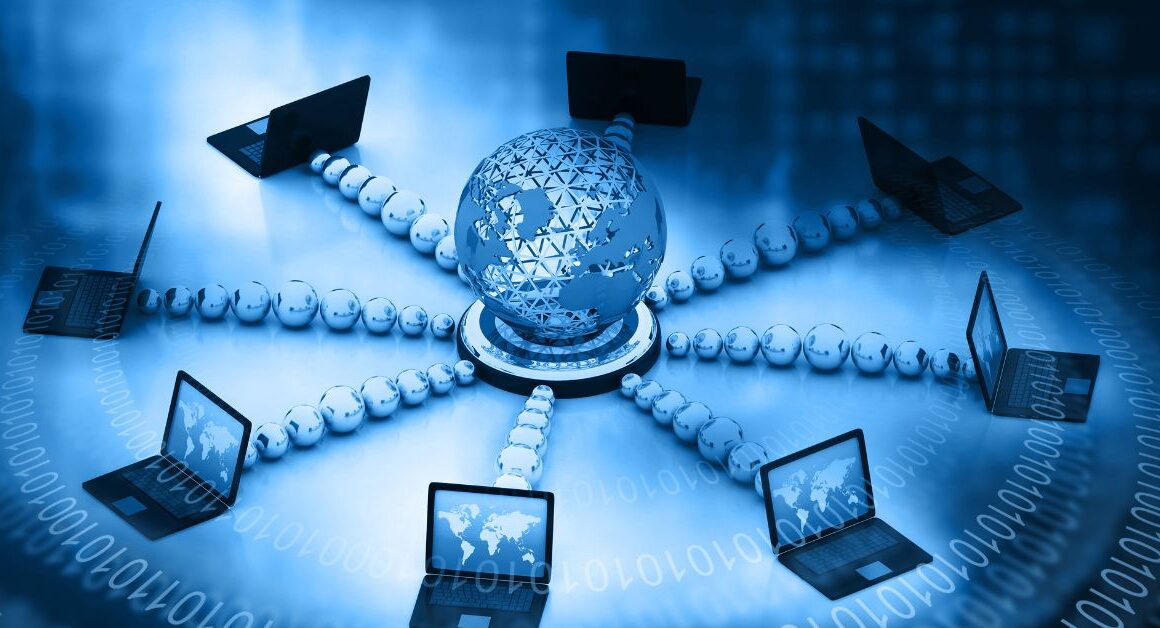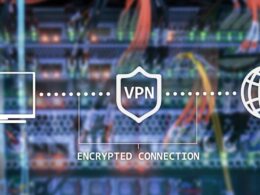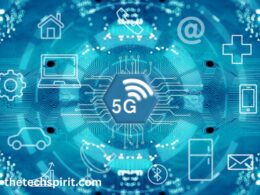A global computer network refers to an interconnected system of computers and servers spanning the entire world. This groundbreaking technology has radically transformed communication, information sharing, and human society itself.
Table of Contents
Defining the Global Computer Network
Fundamentally, a global computer network is a large-scale network of smaller computer networks located across multiple countries and continents. It enables any connected device, from personal computers to smartphones, to communicate and share data seamlessly around the world via a standardized set of protocols.
The most prominent modern example is the Internet, which began as a US defense research network called ARPANET in the 1960s. Over decades of technological progress, the Internet has grown into a ubiquitous “network of networks” linking billions of devices and people.
The Fascinating History and Evolution

ARPANET – The First Wide Area Network
In 1969, the development of ARPANET kickstarted the era of global computer networking. ARPANET connected university research computers in California and Utah via telephone lines. This marked the beginnings of wide-area networking – the concept of connecting devices across a vast geographical span.
The Internet Opens Up to the World
As ARPANET grew over the 1970s, similar networks emerged globally. The creation of protocols like TCP/IP enabled diverse networks to interconnect. Commercial Internet service providers brought the network to public access in the 1980s and 90s. The Internet as we know it today was born.
The World Wide Web Revolution
The 1989 invention of the World Wide Web by Tim Berners-Lee was a game-changer. The web provided an easy way for any computer to access information online using a browser.
In the 1990s, the web fueled the Internet’s explosive growth and popularized it to the masses.
Key Technical Components of Global Networks
Behind the incredible connectivity of global networks lies some fundamental technical foundations:
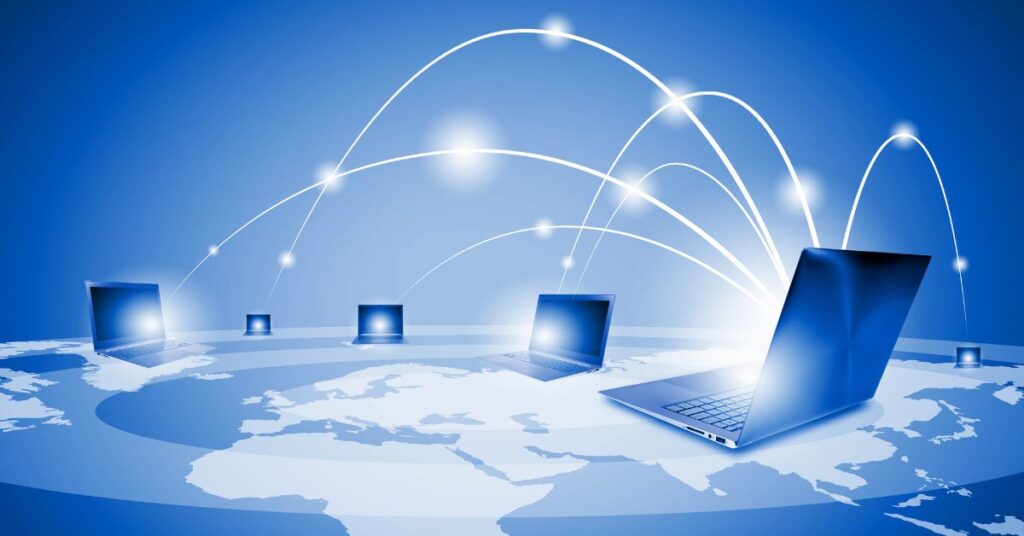
Hardware Infrastructure – Servers, Cables and Satellites
Physical infrastructure like fiber optic cables, satellites, WiFi routers, servers and data centers form the backbone of global networks. Google alone operates millions of servers across its data centers. Undersea cables transmit 99% of intercontinental data.
Software and Protocols – The Rules for Communication
Protocols like TCP/IP establish common languages for computers to communicate. Networking standards like Ethernet enable devices to understand each other.
Dynamic routing protocols automatically adapt to changing network conditions. Together, these form the fundamental software fabric of global networks.
Data and Information – The Lifeblood
The free flow of data and information is what makes global networks valuable. This includes emails, web pages, social media, streaming media, and everything transmitted digitally around the world 24/7. Managing and securing the petabytes of global data is a monumental task.
The Myriad Applications of Global Computer Networks
Global networks have become indispensable worldwide for communication, information access, and business. Let’s explore some major applications:

Email – The Original Killer App
The ability to instantly send electronic email messages anywhere in the world is a seminal global network application. Email predates the World Wide Web and remains a widely used channel.
Instant Messaging and Video Calling
Beyond email, global networks enable instant services like online chat, video conferencing, and IP telephony tools such as Skype and WhatsApp. Real-time communication is now possible across vast distances.
Social Networking and Forums
Social media networks like Facebook leverage global connectivity to connect friends and family. Online forums drive collaboration and knowledge sharing between strangers worldwide.
Facilitating Information Dissemination
Global networks have enabled unparalleled public access to information:
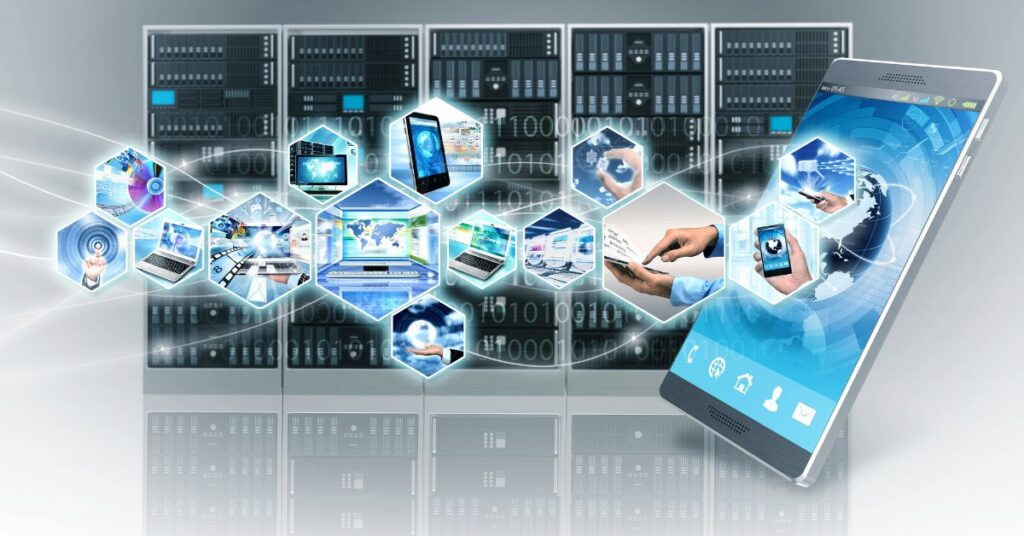
The World Wide Web
The web provides interactive access to online content using hyperlinks. Web content spans from blogs, wikis, and forums to news, education, government services, and much more.
File Sharing and Media Distribution
Global data transfers allow services for file sharing like Bit Torrent and content delivery networks for streaming media companies like Netflix. This drives cultural exchange and democratized information access.
Crowdsourcing and User-Generated Content
User participation thrives on global platforms like Wikipedia, YouTube, Reddit, and Quora, harnessed into crowdsourced, constantly updated repositories of public knowledge.
Driving Commerce, Business, and Economic Growth
Global connectivity has redefined business operations:
E-Commerce and Online Shopping
The Internet has enabled a thriving global industry of online retail and commerce, from Amazon to eBay. Combined with electronic payments, it has led to the rise of e-commerce giants.
Digital Advertising
The tech giants like Google and Facebook exemplify new digital advertising models harnessing global user data and reach. Targeted, personalized marketing is now possible.
Business Productivity Software and Cloud Computing
Mobile workforce apps, virtual offices, teleconferencing, CRMs, and cloud software have transformed business productivity. The emergence of cloud computing giants like AWS, Google Cloud, and Microsoft Azure also highlights networks enabling new IT models.
The Double-Edged Sword – Benefits and Risks
While global networks present profound opportunities, they also come with considerable challenges:
Democratization of Information
Global networks have dismantled barriers to information access, bringing knowledge and education to the farthest corners. Open access initiatives further fueled this.
Connecting People and Fostering Collaboration
From social media to remote work apps, global networks have changed how people interact. Geographical barriers have shrunk, fostering worldwide communities.
Economic Growth and Innovation
Networked technologies have unlocked waves of innovation, productivity, and efficiencies. The digital economy contributes trillions to global GDP annually.
Risks and Challenges to Mitigate
We must remain vigilant of the following downsides:
Cybercrime and Hacking
As digital lives grow, so have vulnerabilities to cybercrimes like hacking, ransomware, fraud, and malicious attacks. Strengthening cybersecurity is crucial.

Privacy and Ethical Concerns Over Data
Increasing data collection by governments and corporations raises concerns over privacy violations and mass surveillance. Ethical data policies are needed.
Digital Inequality
While many benefit from global access, digital exclusion also persists with billions worldwide still unconnected. Bridging the digital divide remains challenging.
The Future – Where Next for Global Networks?
As global networks grow more engrained worldwide, what possibilities lie ahead?
Accelerating Technological Advancements
Rapid technology progress will shape future networks:

5G and 6G Wireless Networks
Newer cellular network generations like 5G and 6G promise exponentially faster speeds, lower latency, and increased capacity. This expands mobile applications.
Internet of Things and Embedded Devices
The Internet of Things will expand networked devices from computers to everyday objects, vehicles, appliances, sensors, and more. Billions of interconnected “smart” devices are imminent.
Quantum Computing and Next-Gen Technologies
Quantum computers promise revolutionary processing power to transform information technology. Breakthroughs in areas from AI to nanotechnology and biotech could also impact networks.
The Critical Role of Policy and Regulation
Wise policies and cooperation will be integral to steering global networks positively:
Data Protection Regulations
Governments must develop robust privacy and ethical frameworks to protect user rights. Initiatives like Europe’s GDPR are a starting point.
International Treaties and Norms
Proactive diplomacy and norms around responsible cyber conduct, data flows, and fair taxation policies must develop through international agreements.
Multi-stakeholder Internet Governance
Cooperative governance models involving government, industry, academia, and civil society are needed to nurture global networks beneficially.
Conclusion- A Technological Marvel, with Responsibility
The global computer network represents an incredible innovation that ushered society into the information age. its strengths like ubiquity, openness, and decentralization also pose risks like cybercrime and inequality.
Balancing these requires stakeholders worldwide to develop the network responsibly and ethically for the common good. As global networks continue evolving dramatically, our collective choices will determine whether their benefits are shared inclusively and humankind progresses positively.
Summary of Key Highlights
- Global computer networks interconnect devices worldwide, enabling communication, information sharing, and commerce.
- The Internet exemplifies a global network that has revolutionized society. It began with ARPANET and grew rapidly with the World Wide Web.
- Key foundations underpinning global networks include hardware infrastructure, software protocols, and massive amounts of data transmission.
- Major applications include communication, information access, and business tools driving the digital economy.
- Benefits include democratized information, connected societies, and economic growth, while risks like cybercrime and inequality must be addressed.
- Future technological and policy developments will shape global networks’ continued evolution.
Final Reflections on this Groundbreaking Innovation
Global computer networks have utterly transformed how humanity lives and interacts. Like any powerful technology, they present opportunities as well as risks.
Our collective responsibility is to develop this network – the world’s largest engineering artifact – in an ethical, inclusive, and thoughtful manner. The future will depend profoundly on the social values and wisdom we instill into global networks’ growth.
FAQs
What is the difference between the Internet and World Wide Web?
The Internet refers to the global infrastructure of hardware and networks enabling connectivity. The World Wide Web is the system of online content accessed via the Internet, using browsers, URLs, and HTTP. The Web operates “on top” of the Internet.
How does data travel across global networks?
Data is transmitted as packets containing source and destination addresses. Packets traverse networks via routers until they reach their destination where the packets are reassembled into the original data. TCP/IP is the key protocol managing this.
What technological factors drove the growth of global networks?
Major drivers include fiber optic cables expanding bandwidth, advances in computer processing power and data storage, smartphone proliferation, WiFi, broadband infrastructure, and breakthroughs like digitization, packet switching, and HTTP/HTML.
How has social media leveraged global networks?
Social media leverages global connectivity to instantly share user-generated content like social updates, photos, videos, and opinions. By connecting users worldwide, it has changed how people and communities interact at scale.
What is the role of governments in managing global networks?
Governments shape networks through digital policymaking, regulation around data privacy, security and censorship, cyber diplomacy with other nations, and ensuring equitable domestic access to digital services and skills.





